Canada and the United States of America enjoy strategic trade and cultural ties. This means the countries have relaxed norms for each other’s citizens. For example, most Canadian citizens do not need a nonimmigrant visa to enter the United States.
Often, Canadians aren’t sure how long they’re allowed to stay in the U.S. But this is important to know to be on the safe side legally. In this article, we’ll answer how long a Canadian citizen can reside in the U.S. legally with and without a visa.
Table of Contents
The length a Canadian can stay varies by category. Not all Canadians coming into the United States are treated equally. In fact, some Canadians do require a visa to enter the U.S. The length of your stay will depend on whether you’re entering with or without a visa.
Canadians who do not need a visa are visitors, business travelers, or transit travelers. The majority of Canadians who come into the U.S. are tourists. They like to visit the U.S. during the winter; there’s a term for these tourists: Canadian snowbirds.
According to the U.S. Immigration Act, followed by the USCIS, a Canadian resident who is not a U.S. citizen, nor a green card holder, can stay in the U.S. for no more than 180 days a year. The important thing to note here is that the year doesn’t mean a calendar year, but a rolling 365 day period.
So when doing the calculations, you need to look back into your last 365 days. For example, if you came into the U.S. on January 2, 2020, you won’t calculate the days from January 1, 2020, but rather from the 2nd.
There is are certain groups of Canadians who do need visas to come in temporarily. Those are:
The length of stay will depend on the days mentioned in the visa.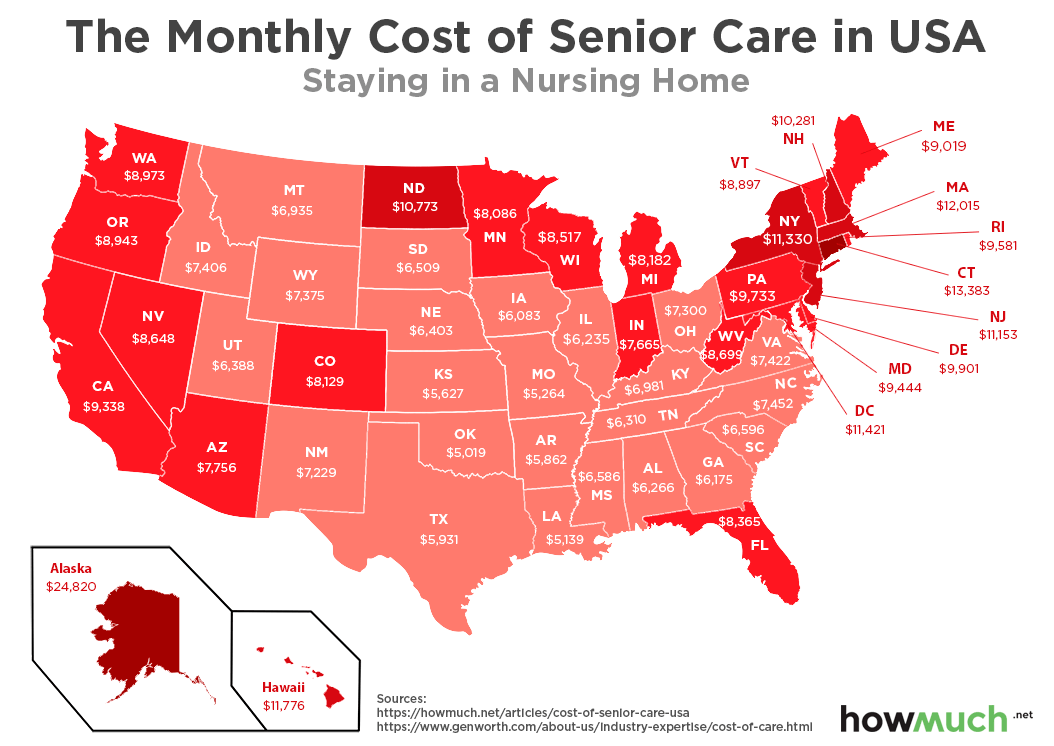 The E2 visa, for example, is valid for 15 months. You can then apply for a renewal and extend your stay once approved.
The E2 visa, for example, is valid for 15 months. You can then apply for a renewal and extend your stay once approved.
If you overstay, which you should avoid at all costs, you must seek legal help from the Canadian embassy at soon as possible.
Besides the number of days, the other important thing Canadians need to take care of while in the U.S. is tax laws. The Internal Revenue Service (IRS) has guidelines in place that Canadians must comply with. The rules state how much time you can spend in the U.S. without being considered a U.S. resident who must pay taxes.
You should employ the substantial presence test to determine your liability to taxation. Consider this as your first line of defense against overstaying. This test calculates how many days you have stayed in the United States for over three years. The three years include the current running year and the past two years.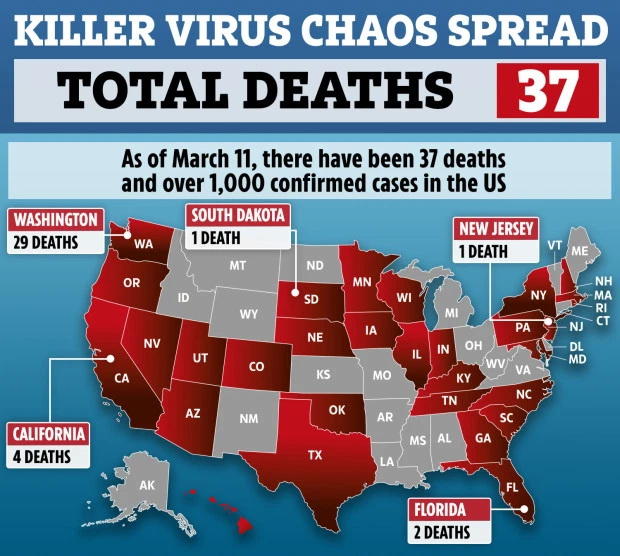 But not all the days of each year are counted equal. Here’s how the IRS does the calculation:
But not all the days of each year are counted equal. Here’s how the IRS does the calculation:
So, for example, if you’ve spent five days in 2020 in the United States, then you’ve spent five days. If you spent 90 days in 2019 in the U.S., that counts as 30 days. If you spent 100 days in 2018 in the U.S., that counts as 16 days. So, for the IRS’s purposes, in total you’ve spent 51 days in the U.S. in your last three-year period.
If the total sum is more than 183 days, the IRS requires that you pay taxes by filing a U.S. tax return. You’ll also have to pay taxes for that time period in Canada, which means double taxation.
However, there are certain exemptions you can use to avoid paying taxes.
Even after you’ve hit the maximum stay limit with the substantial presence test, you can still avoid paying taxes under the Closer Connection Exemption.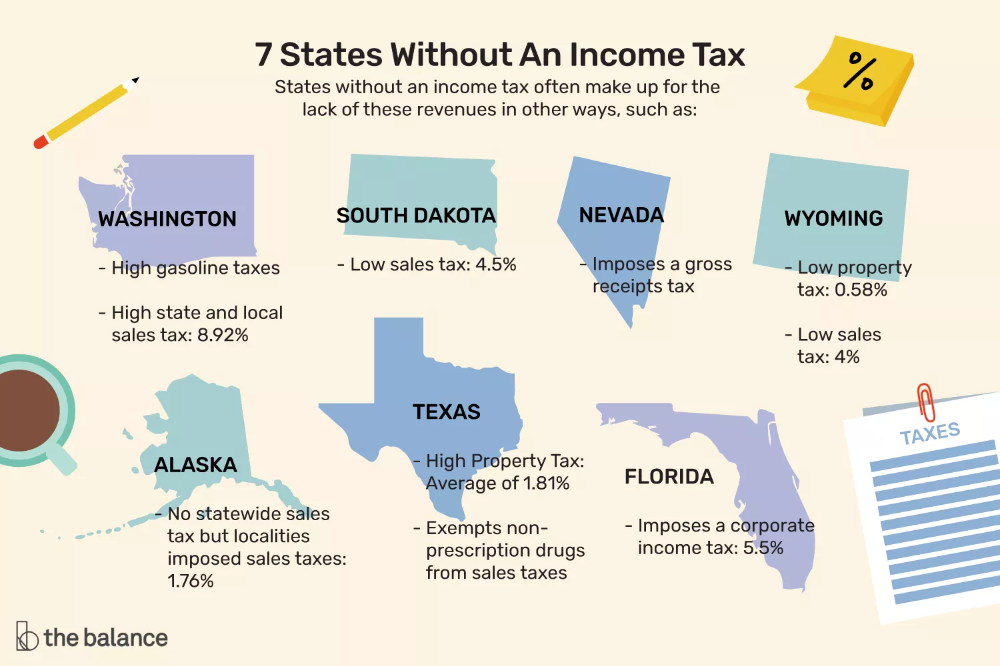 For this, you need to demonstrate to the IRS that you had a closer connection to two foreign countries besides the United States. The eligibility criteria for this are:
For this, you need to demonstrate to the IRS that you had a closer connection to two foreign countries besides the United States. The eligibility criteria for this are:
For a closer connection, you need to show that you have more significant contacts with a foreign country than the United States. To claim this benefit, you’ll be asked to file Form 8840, Closer Connection Exemption Statement for Aliens.
You can also claim exemption under the Canada–US Tax Treaty. You can refer to the Treaty tiebreaker rules to claim that you’re still a Canadian citizen after staying in the U.S. for over 182 days.
You can refer to the Treaty tiebreaker rules to claim that you’re still a Canadian citizen after staying in the U.S. for over 182 days.
The decision as to whether or not to grant you the benefit depends on the following factors:
Tiebreaker rules are applied on a hierarchical basis. So if the first question is in your favor, the following factors won’t be considered.
To claim this exemption, you have to file IRS Form 1040NR, along with Form 8833, Treaty-Based Return Position Disclosure.
As a Canadian, you also have to take care of things on your side. You should make sure that you don’t remain absent from your province for too long, which could affect your provincial health care coverage.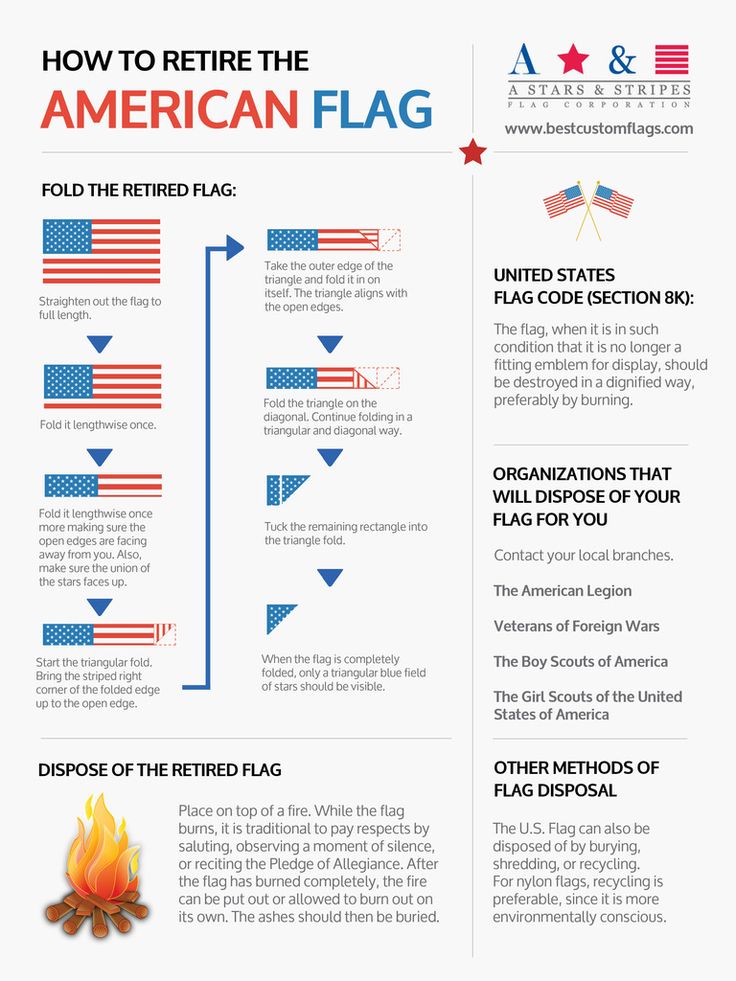 Provinces like Manitoba, Ontario, New Brunswick, and Nova Scotia require that you spend at least five months in residence to maintain your eligibility for health insurance coverage. This requirement varies from state to state.
Provinces like Manitoba, Ontario, New Brunswick, and Nova Scotia require that you spend at least five months in residence to maintain your eligibility for health insurance coverage. This requirement varies from state to state.
As a rule of thumb, you should consider a stay of a maximum of six months at a time. Before making these kinds of trips, especially if they’re to last months, it’s important to consult an experienced immigration attorney.
If you are considering applying for a personal loan, just follow these 3 simple steps.
Apply
Apply online for the loan amount you need. Submit the required documentation and provide your best possible application. Stronger applications get better loan offers.
Stronger applications get better loan offers.
Accept
If your application meets the eligibility criteria, the lender will contact you with regard to your application. Provide any additional information if required. Soon you’ll have your loan offer. Some lenders send a promissory note with your loan offer. Sign and return that note if you wish to accept the loan offer.
Repay
The loan then gets disbursed into your U.S. bank account within a reasonable number of days (some lenders will be as quick as 2-3 business days). Now you need to set up your repayment method. You can choose an autopay method online to help you pay on time every month.
About Stilt
Stilt provides loans to international students and working professionals in the U.S. (F-1, OPT, H-1B, O-1, L-1, TN visa holders) at rates lower than any other lender. Stilt is committed to helping immigrants build a better financial future.
We take a holistic underwriting approach to determine your interest rates and make sure you get the lowest rate possible.
Learn what others are saying about us on Google, Yelp, and Facebook or visit us at https://www.stilt.com. If you have any questions, send us an email at [email protected]
I’m a firm believer that information is the key to financial freedom. On the Stilt Blog, I write about the complex topics — like finance, immigration, and technology — to help immigrants make the most of their lives in the U.S. Our content and brand have been featured in Forbes, TechCrunch, VentureBeat, and more.
See author's posts
USAVisitor Visa
6 Months. A Canadian can stay in the US for a maximum of 6 months from the date of entry, BUT any exit and re-entry resets the clock. Of course, Canadians should be careful doing this, as too many exits and re-entries within a given period might cause CBP officers to infer an intent to reside on the part of the Canadian visitor. This applies to specific visitor visas, and the period of time a Canadian can stay in the US is based on your unique case and whether you are entering on a visa or not.
This applies to specific visitor visas, and the period of time a Canadian can stay in the US is based on your unique case and whether you are entering on a visa or not.
There are a few misconceptions following this question, and it’s important to know the answer so you don’t overstay your visit. Those who overstay their visit can expect complications down the road. Canadian snowbirds often come to the United States to the southern states to avoid the winter and they stay for an extended period. If you wish to stay longer than 6 months in the United States, there are other options that may be available to you explained below.
The good news is, if you need to stay in the US longer than 6 months as a Canadian, you have the option to extend your stay! You can do this by filing a Form I-539, Application to Extend/Change Nonimmigrant Status before your authorized stay expires through the USCIS.
Another important thing Canadians need to keep in mind when staying in the US is tax laws. The Internal Revenue Service (IRS) has guidelines in place that Canadians must comply with. If you do stay for an extended period, you may have to file tax forms to the IRS, beyond six months.
The Internal Revenue Service (IRS) has guidelines in place that Canadians must comply with. If you do stay for an extended period, you may have to file tax forms to the IRS, beyond six months.
You can determine your liability to taxation through the substantial presence test. This test calculates how many days you have stayed in the United States for over three years. The three years include the current running year and the past two years.
You can also claim exemption under the Canada–US Tax Treaty. You can refer to the Treaty tiebreaker rules to claim that you’re still a Canadian citizen after staying in the US for over 182 days.
The decision as to whether or not to grant you the benefit depends on the following factors:
When staying in the United States as a Canadian, you also need to make sure you aren’t absent from your province for too long.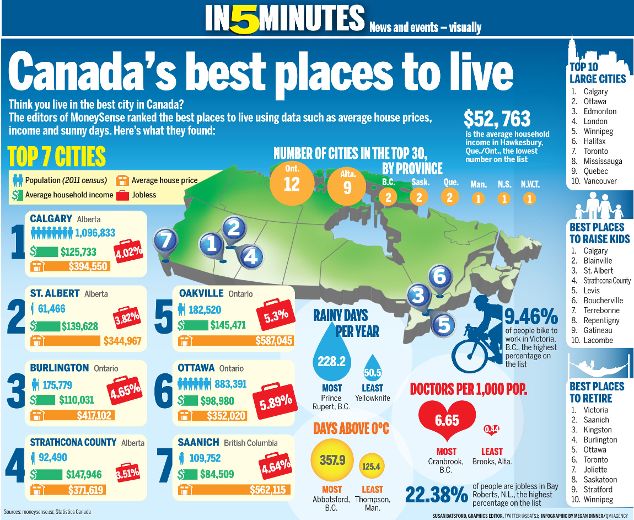 Staying outside of your Canadian province for too long can affect your provincial health care coverage. All provinces, except Ontario and Newfoundland, require you to actually live in your home province for at least six months plus a day (183 days in most years) in order to be considered a permanent resident of that province, and therefore qualified for provincial health insurance benefits.
Staying outside of your Canadian province for too long can affect your provincial health care coverage. All provinces, except Ontario and Newfoundland, require you to actually live in your home province for at least six months plus a day (183 days in most years) in order to be considered a permanent resident of that province, and therefore qualified for provincial health insurance benefits.
The Canadian Snowbird Association (CSA) is pleased to provide this travelers checklist filled with handy tips on health, home, and travel. Canadian’s Travelers Checklist will help you be prepared to travel to the US for an extended amount of time.
So many people that visit from Canada end up moving to Florida permanently. Although Canada and the US have a great relationship, there is an official process in moving to Florida from Canada.
Learn more about how Canadians Can Move to Florida.
If so, Contact VisaPlace today. All our cases are handled by competent and experienced immigration professionals who are affiliated with VisaPlace. These professionals consist of lawyers, licensed paralegals, and consultants who work for VisaPlace Legal an award-winning immigration firm that adheres to the highest standards of client service.
All our cases are handled by competent and experienced immigration professionals who are affiliated with VisaPlace. These professionals consist of lawyers, licensed paralegals, and consultants who work for VisaPlace Legal an award-winning immigration firm that adheres to the highest standards of client service.
Have a Question related to your Immigration Needs?
Fill out the FREE Immigration Assessment form and get a response within 24 hours to see if you’re eligible.
The assessment form should take approximately 5-7 minutes to complete. We will get back to you within one business day to let you know if we are able to help.
Michael is a graduate of Osgoode Hall Law School in Toronto. He is a member of the Law Society of Upper Canada, the Canadian Bar Association’s Citizenship and Immigration Section and the Associate Member of the American Bar Association.
Table of contents
Foreign investors seeking to obtain an E2 business visa in the US are facing significant delays due to the pandemic and the inability of US immigration laws to deal with such crises.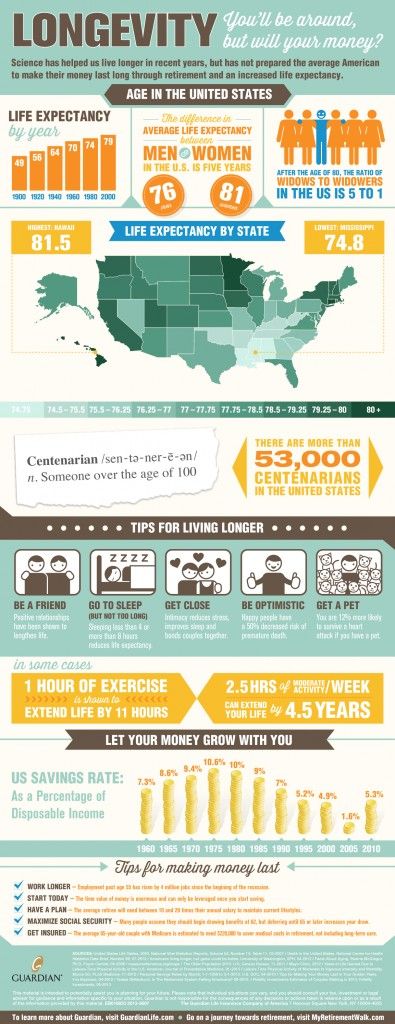
One of the most popular options for legal relocation to the States for enterprising foreigners interested in investing in the American economy is the E2 business visa in the United States, which allows successful applicants to enter the United States with their families for a long term (up to five years).
Beneficiaries may be accompanied by spouses who receive work permits and children who are eligible to attend local schools and colleges using educational services at a reduced cost.
This option is ideal for business people who buy / open a US business, including, for example, a hotel / gas station / store. The E2 business visa in the United States, which requires an investment, as a rule, from $50,000 to $100,000, is a non-immigrant visa. Accordingly, its registration does not allow you to apply for US citizenship after 5 years of naturalization. This disadvantage is compensated by the absence of the need to spend more than six months in the States annually, becoming an American tax resident (as in the case of a green card).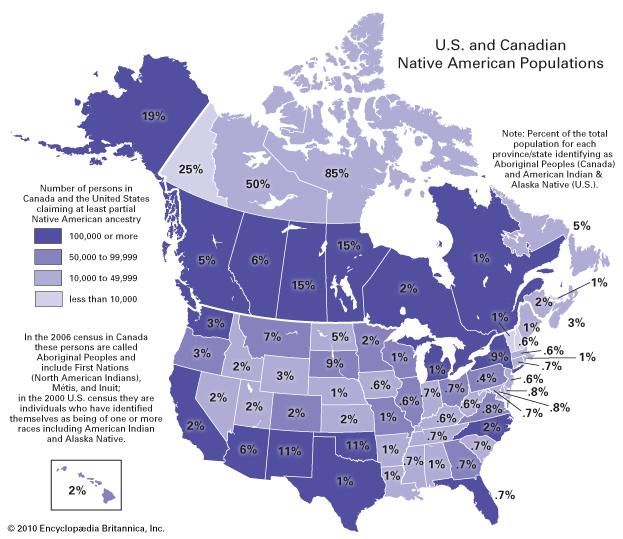
An E2 business visa in the US is open to entrepreneurs and investors who are citizens of a country that has entered into a special investment treaty with the United States (this restriction does not apply to relatives of the main applicant). For example, the USMCA (formerly NAFTA) free trade agreement between the US, Canada and Mexico.
The Russian Federation and the Republic of Belarus did not conclude such agreements. But no one prevents wealthy Russians from obtaining alternative citizenship under an E2 business visa in the United States. In this context, Montenegro, Grenada, Turkey deserve special attention, the authorities of which have concluded the necessary agreements with their American colleagues and are now ready to issue citizenship to foreigners for investment.
Prior to the corona crisis, the US E2 business visa process took only a few months, but with the advent of Covid-19, the waiting period has become incredibly long. As a result, the "American dream" has become a real business nightmare for many foreign investors who have invested in the economy of the host state, but found themselves unable to engage in new business in the States.
As a result, the "American dream" has become a real business nightmare for many foreign investors who have invested in the economy of the host state, but found themselves unable to engage in new business in the States.
The main problem is this: in order to obtain an E2 work business visa in the United States, a foreign investor must pass an interview at a foreign American diplomatic mission (embassy / consulate). No interview - no work visa stamp in the passport.
Today, organizing an interview has become an extremely time-consuming process. Many job seekers wait around 1 year to meet with an immigration officer at a US diplomatic mission to qualify to operate a greenfield/bought business in the United States. This situation looks ridiculous, you see.
In some cases, this delay can be circumvented by requesting an interview waiver. This approach works, for example, when it comes to extending a previously issued E2 visa to the United States, which is about to expire.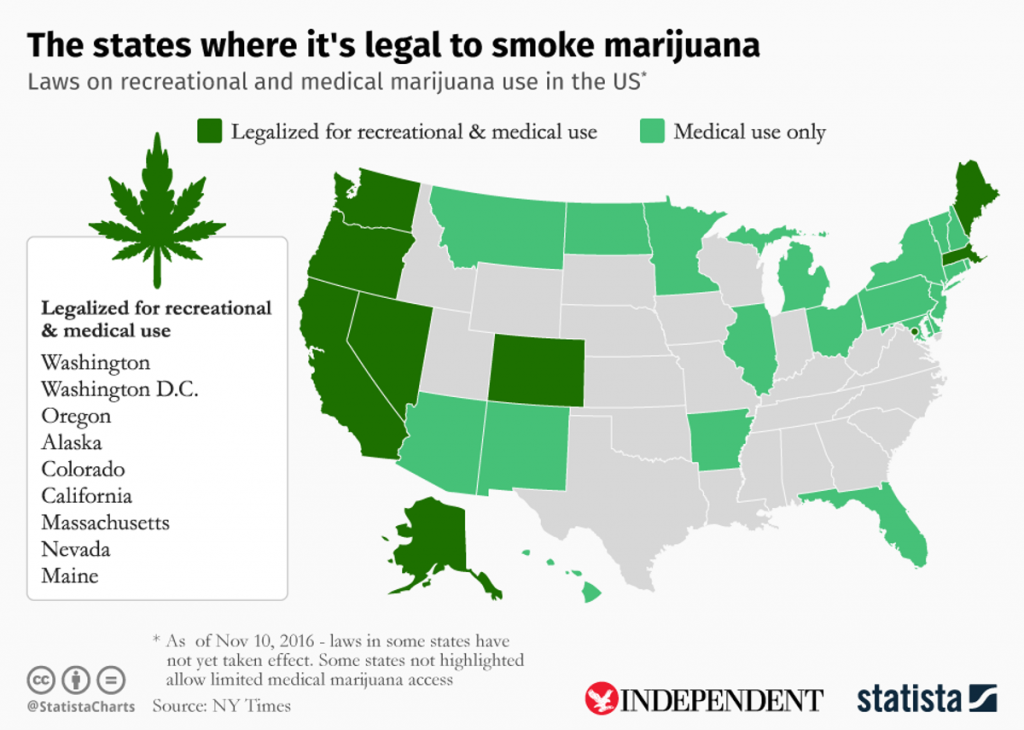
Provided there are no significant changes in the structure of the respective business, US diplomatic missions generally abolish the interview procedure, allowing investors to renew E2 visas in the US without unnecessary formalities.
But in the case of new applicants, it is not possible to refuse the interview. US embassies/consulates are prohibited from conducting interviews online, so foreign investors have to put up with an exorbitant wait.
The immediate cause of the delay was the suspension by the US State Department in March 2020 of regular visa services at consulates and embassies in response to pandemic-related challenges. Since July of the year before last, the provision of such services has been subject to a “phased resumption” depending on local conditions.
Some diplomatic missions did resume processing, but then closed again. Today, there is a rather serious queue of those wishing to extend / obtain an E2 visa in the United States, and this queue, according to experts, is steadily expanding.
During the year before last, which lasted in the United States from October 1, 2019 to September 30, 2020, officials issued 23,493 E2 business visas to the U.S.: nearly half the number of the previous year fiscal year.
A quick look at the number of nonimmigrant visas (all classes, including E2) issued monthly by U.S. overseas diplomatic missions reveals: 3.6 out of 4.4 million visa stamps stamped on applicants' passports during FY 2020 (82% ) were placed within the first 6 months.
The number of monthly approved applications has slowly increased since July 2020, indicating a return to normal processes and procedures. But a full recovery is still a long way off. Although the number of business projects approved under the E2 visa program in the United States dropped sharply in 2020, the scheme still attracts billions of dollars of FDI.
The rejection rate increased slightly in FY 2020 to 12.2% (up from 10.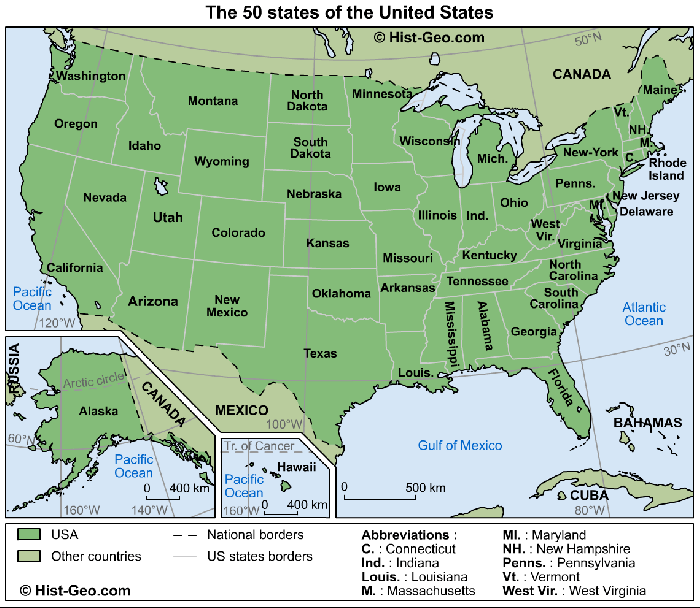 6% in 2019). But that rate is still well below the bounce rate seen in FY 2018, when one in four applicants didn't make it. Experts attribute the high level observed earlier to the general “cooling” of the US government in relation to programs to attract immigrants, observed during the administration of Donald Trump.
6% in 2019). But that rate is still well below the bounce rate seen in FY 2018, when one in four applicants didn't make it. Experts attribute the high level observed earlier to the general “cooling” of the US government in relation to programs to attract immigrants, observed during the administration of Donald Trump.
The statistics on the number of E2 visas granted to the United States over the past five years, based on the origin of applicants, presented in the table below, cover both the main applicants and relatives entering the States through the family reunification mechanism. Moreover, such relatives are not required to be citizens of a country that has concluded a special trade and economic agreement with the US authorities. This fact explains the presence of Russians, Belarusians, Chinese, etc. in the table.
Statistical data on the number of provided E2 visas in the USA
| FUILITARY 2020 | financial year 2019 financial year financial financial year 2017 financial financial financial financial financial financial financial financial financial financial financial financial financial financial year 2017 financial financial financial financial financial year 2017 financial financial financial financial year 2017 financial financial financial financial financial financial financialTotal for 5 years | |||||||||||
| Africa | ||||||||||||
| 0 | 6 | 0 | 1 | 1 | 8 | |||||||
| Cote-d'Ivoir | 0 | 0 | 900EAR||||||||||
| Eswatini | 0 | 0 | 0 | 4 | 4 | 8 | 7 | 11 | 7 | 3 | 7 | 35 |
| Иран | 0 | 0 | 1 | 20 | 15 | 36 | ||||||
| Ирак | 0 | 0 | 0 | 10 | 1 | |||||||
| Israel | 130 | 70 | 82 | 9ATHER007613 | 59 | 107 | 107 | 62 | 348 | |||
| Гайана | 0 | 0 | 0 | 0 | 1 | 1 | ||||||
| Парагвай | 1 | 4 | 5 | 7 | 2 | 19 | ||||||
| Peru | 5 114 |